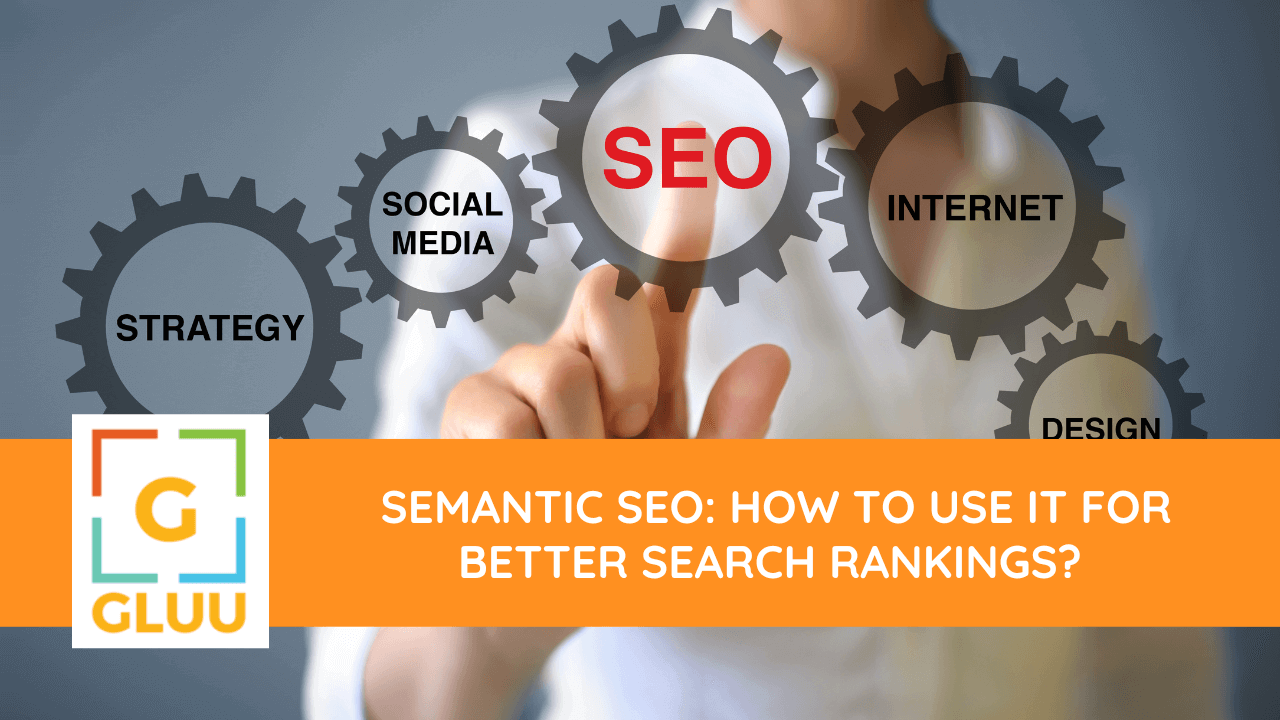Semantic SEO is a new approach to SEO that aims to help improve your search results. It’s based on how people search for things in Google, as opposed to what people used to search for in the past. To understand how it works, let’s look at some examples:

Semantic search refers to the process of using natural language processing (NLP) to understand the meaning of web content. Unlike traditional keyword-based searches, which rely on matching keywords to return relevant results, semantic search uses NLP to interpret a user's intent and deliver more accurate results.
The goal is for a website’s information architecture and content structure to speak in human terms so that search engines can understand them. As a result, users have access to sites with better relevancy than before—which makes this type of SEO so powerful!
Adding semantic descriptions to your product pages can provide users with more information about your products or services. This way they can make an informed decision before purchasing anything from you. The benefits are great:
There are four ways to optimise your on-page content for semantic search. Here is how you can leverage them:
In the past, keyword stuffing was a practice that many SEOs fell victim to. Google has taken steps to penalise this practice by making sure that websites are not overusing keywords in their titles, meta descriptions or headings.
This doesn't mean you should stop using keywords altogether; rather, use them sparingly and make sure they're relevant to what's being discussed on the page.
If your website includes a lot of images, then consider adding relevant text into their alternate texts (alt texts). This helps search engines understand what each image represents and allows them to display more accurate results when someone searches for those terms related to images on your site (e.g., “cup”).
You need to use a sitemap to help search engines understand and index your site. A sitemap is an XML file that lists your website's pages. It helps search engines (and other crawlers) find and crawl all the content on your website. If a robot can't find a page on your site because it's hidden from Googlebot, then it won't show up in their index or in any other results they show to users who ask for it.
Don't copy over every page in your CMS when creating this file. Instead, ensure that you only include those pages that are important for users, not ones with duplicate content or 404s.
When it comes to SEO, structured data markup is a way for websites to communicate with search engines about the information on their pages so the engines to understand what each page contains. Structured data markup ensures that your website will be well-structured and easy for Google bots to crawl through. This means that it’s easier for them (and thus you) to develop a content strategy or test different ranking methods better in SERPs.
The benefit of using structured data markup on your site includes ensuring that every page is unique and relevant with accurate information about its topic and that all pages are properly categorised by using appropriate keywords and phrases within those categories.
The first step to improving your internal and external link structure is to identify which pages are currently linking to each other and then create more links between them. This will help Google understand the relationship between different parts of your website, leading to better rankings for all those pages.
You can also use semantic SEO techniques like keyword optimisation and page titles to improve how well Google understands the content on your site. If a page has an accurate title and description tag, it will be easier for Google to determine what the page is about and make it more likely that users will click on the result when they search for related terms.
From being able to determine what a page is about, to understanding how pages relate to each other and other websites on the web, semantic search gives us marketers more ways to rank higher for relevant terms.